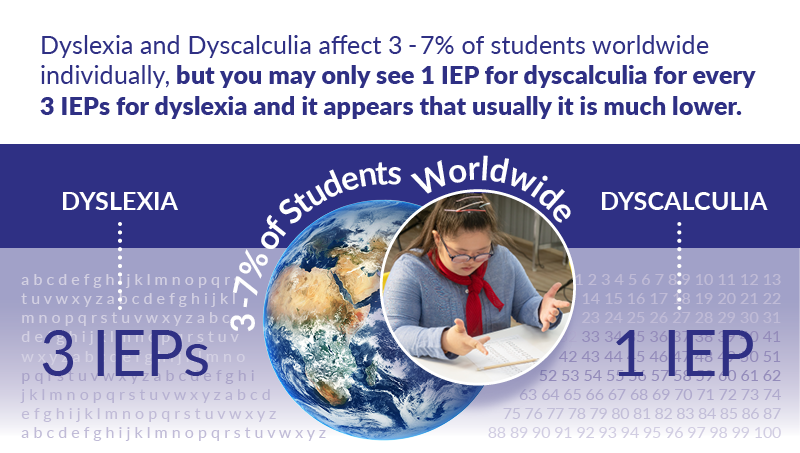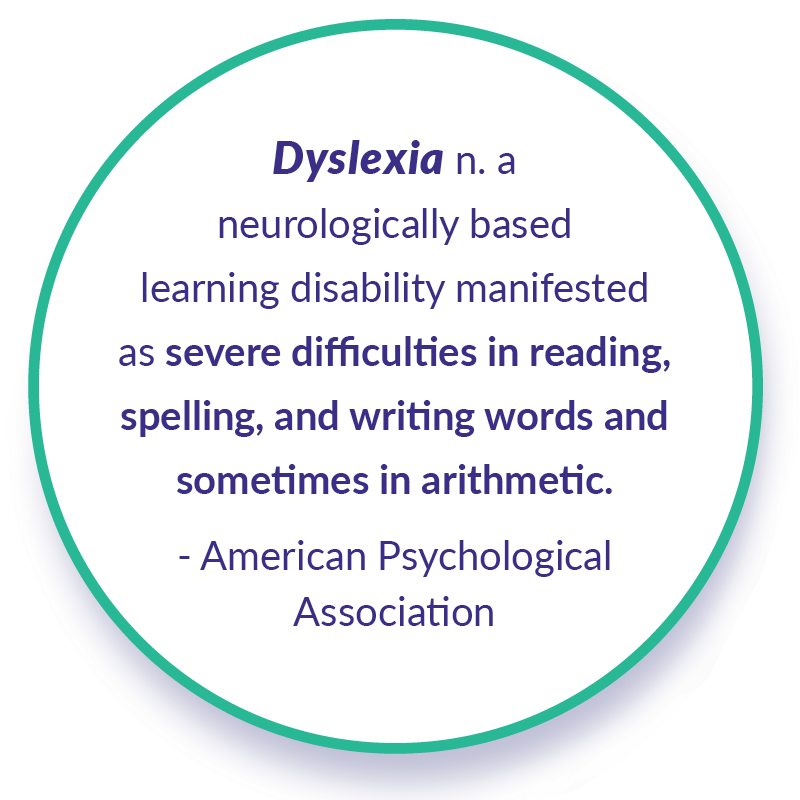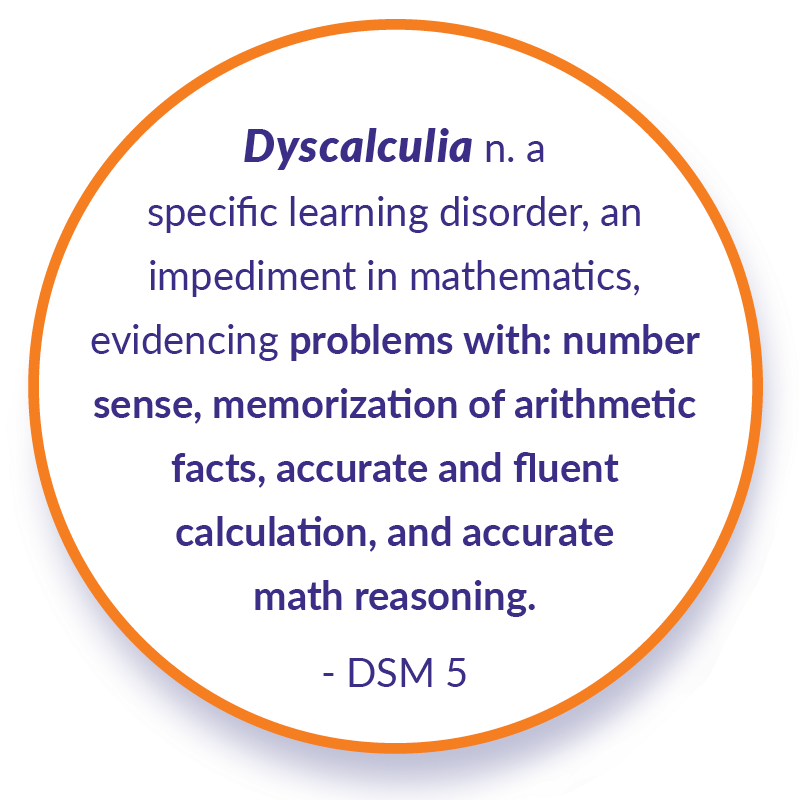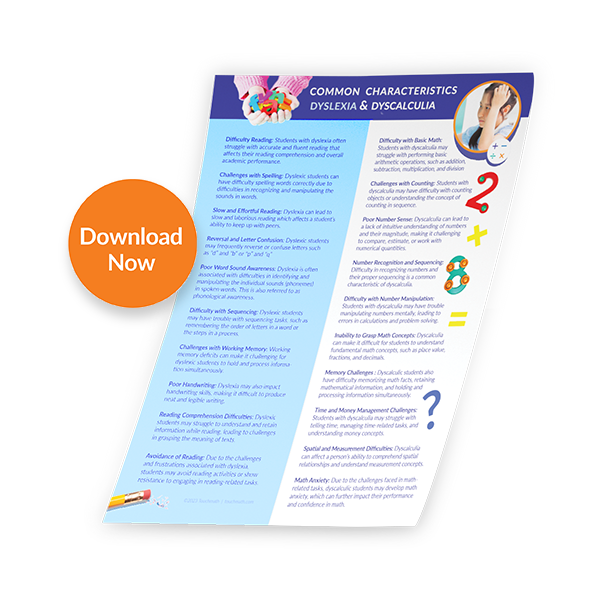Understanding Dyslexia & Dyscalculia:
Unraveling the Distinctions
Dyscalculia is a learning disability that affects one’s ability to learn mathematics, as compared to peers of the same age who receive identical instruction. Research supports that with early identification and the right interventions and supports students with dyscalculia can master math as well as other students.
Dyscalculia can be classified as a disability under both the Individuals with Disabilities Education Act (IDEA) and the Americans with Disabilities Act (ADA), which may qualify them to receive accommodations in school via an IEP.
When it comes to learning difficulties, dyslexia and dyscalculia are two peas in a pod. Both can significantly impact a person’s academic performance, but they affect different areas of learning. When looking at these two difficulties you can also see there is more research associated with dyslexia, more state legislation for it, and in the case of one large school district, many more Individualized Education Plans (IEPs) for their students.

Dyscalculia has been referred to as math dyslexia, number dyslexia, and dyslexia for math — which can cause confusion about the symptoms and signs surrounding this specific learning disability and can be a barrier to information regarding specific interventions and supports.
Exploring dyslexia and dyscalculia and comparing their characteristic, symptoms, and impact on students’ lives will help us understand the unique challenges each condition presents so we can better support those students and create more inclusive learning environments. It’s also important to note that if you have dyslexia or dyscalculia, you’re 35 to 70 percent more likely to have both.

What Is Dyslexia?
Dyslexia is a neurodevelopmental disorder that affects millions of people worldwide. Common characterizations of dyslexia may include difficulty reading, challenges spelling, slow reading, reading that requires tremendous effort, letter confusion, poor phonological awareness, difficulty with sequencing, challenges with working memory, illegible handwriting, reading comprehension trouble, and avoidance of reading.
What Is Dyscalculia?
Dyscalculia is a specific learning disability that affects a person’s ability to understand and work with numbers, mathematical concepts, and calculations. Common characterizations of dyscalculia may include difficulty with basic arithmetic, trouble with number recognition and sequencing, challenges with counting, poor number sense, difficulty with number manipulation, inability to grasp math concepts, time and money management trouble, spatial ad measurement difficulties, memory challenges, and math anxiety.According to an EdWeek Research Center survey, “Nearly 75 percent of teachers said they had received little to no preservice or in-service training on how to support students with math-related disabilities, and 40 percent said they have no math coach or interventionist at their school.” Research supports that with early identification and the right interventions students with dyscalculia can master math as well as other students, and it’s just as critical to empower teachers with the right tools and resources to support those individual student journeys in the most intuitive and efficient way.
About TouchMath
TouchMath is an evidence based, multi-sensory approach to mathematics that can help students when other math learning solutions fail. If a student suffers from dyscalculia, they can still succeed in mathematics, and we have the resources to support you so you can better support them. Learn more by visiting our website.

